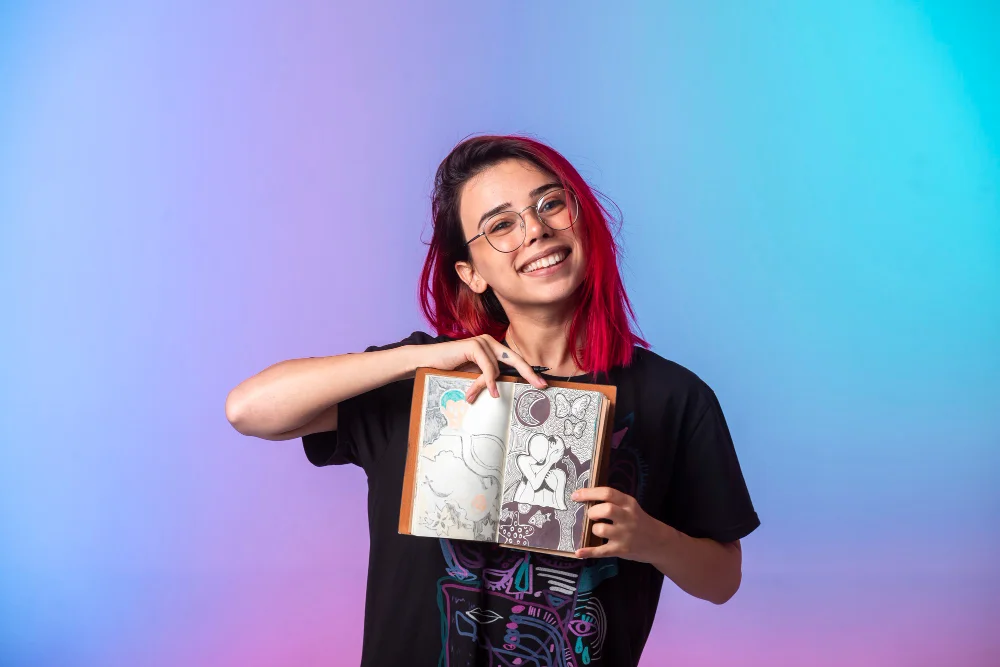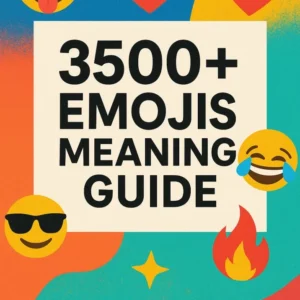The digital creator economy has opened unprecedented opportunities for individuals to share their unique perspectives, build audiences, and generate income through content creation. However, traditional content creation and platform building often require skills and approaches that can present significant challenges for neurodiverse individuals. Executive function difficulties, social communication differences, sensory processing sensitivities, and other neurological variations can create barriers to consistent content production, platform management, and audience engagement.
AI technology is transforming this landscape by providing adaptive tools that work with rather than against neurodiverse thinking patterns. These technologies don’t mask or change authentic voices—instead, they provide scaffolding and support that enables neurodiverse creators to express their perspectives more effectively while managing the technical and organizational aspects of platform building that might otherwise feel overwhelming.
Overcoming Executive Function Challenges in Content Creation
Executive function differences—including difficulties with planning, organization, time management, and task initiation—can make consistent content creation particularly challenging for neurodiverse individuals. The traditional advice to “create content calendars” or “batch content creation” may not align with how neurodiverse brains naturally work, leading to frustration and abandonment of creative projects.
AI for blogs can provide flexible organizational support that adapts to individual working styles rather than imposing rigid structures. Content planning platforms with AI assistance can suggest topics based on past interests and engagement patterns, breaking down large projects into manageable components that feel less overwhelming. These systems can also provide gentle reminders and progress tracking without the judgment or pressure that often comes from human accountability systems.
For individuals who experience hyperfocus periods followed by creative burnout, AI tools can help capture ideas and partially developed content during high-energy phases, then assist with completion and refinement during lower-energy periods. Voice-to-text AI can capture stream-of-consciousness thoughts and ideas, which can later be organized and developed into structured content with AI assistance.
The ability to work in non-linear ways becomes a strength when supported by AI tools that can help organize scattered thoughts into coherent narratives. Rather than forcing neurodiverse creators to think in prescribed formats, these technologies can help translate authentic thought patterns into accessible content formats while preserving the unique perspectives that make neurodiverse voices valuable.
Supporting Communication and Social Interaction
Social media growth traditionally requires consistent engagement, community building, and networking activities that can be exhausting or anxiety-provoking for neurodiverse individuals. The unwritten social rules of online interaction, the energy required for constant engagement, and the sensory overwhelm of managing multiple platform notifications can create significant barriers to platform growth.
AI-powered social media management tools can handle routine interactions, schedule posts for optimal times, and suggest responses to comments that maintain authentic voice while reducing the cognitive load of constant decision-making. These tools can learn individual communication patterns and preferences, offering response suggestions that feel natural and authentic rather than generic or corporate.
For individuals who struggle with reading social cues or understanding the nuances of online communication, AI can provide context and suggestions for tone and approach. This support enables more confident engagement with audiences while reducing anxiety about potential misunderstandings or social missteps.
Community management becomes more manageable when AI tools can filter and prioritize interactions, highlighting meaningful conversations while managing routine inquiries automatically. This allows neurodiverse creators to focus their social energy on genuine connections rather than feeling overwhelmed by the volume of online interactions required for platform growth.
Adaptive Content Structure and Organization
Many neurodiverse individuals have brilliant insights and unique perspectives but may struggle with organizing these thoughts into traditional content formats like blog posts, videos, or social media content. The expectation to follow conventional content structures—introductions, main points, conclusions—may not align with how neurodiverse minds naturally process and communicate information.
AI writing assistants can help translate nonlinear thinking patterns into accessible content formats while preserving authentic voice and perspective. These tools can take stream-of-consciousness writing, bullet points, or fragmented ideas and suggest organizational structures that make the content more readable without changing the core message or personality.
The technology can also help with elements that might be challenging for some neurodiverse creators, such as creating compelling headlines, writing meta descriptions for SEO, or crafting social media captions that encourage engagement. This support handles the technical aspects of content optimization while allowing creators to focus on sharing their unique insights and experiences.
For visual thinkers who struggle with written communication, AI tools can help translate concepts into multiple formats—turning detailed explanations into infographics, converting written content into video scripts, or adapting long-form thoughts into social media-friendly formats. This multimedia approach can help neurodiverse creators find their most natural and effective communication methods.
Sensory and Cognitive Load Management
Platform building and content creation often involve managing overwhelming amounts of information, notifications, and decisions that can lead to sensory overload or cognitive fatigue for neurodiverse individuals. Traditional advice to “stay on top of everything” can be counterproductive for people who need to manage their energy and attention carefully.
AI automation can reduce cognitive load by handling routine tasks like posting schedules, basic analytics tracking, and follower management. This allows neurodiverse creators to reserve their mental energy for creative work and meaningful interactions rather than administrative tasks that may be particularly draining.
Personalized content recommendation systems can help identify the most important information to focus on, filtering out noise and distractions that might otherwise lead to overwhelm. These systems can learn individual preferences and sensitivities, providing curated information that supports creative goals without contributing to information overload.
Maintaining Authentic Voice and Perspective
The most important aspect of AI assistance for neurodiverse creators is ensuring that technological support enhances rather than masks authentic voices. The value of neurodiverse perspectives lies in their authenticity and unique insights, not in conforming to neurotypical communication norms.
Effective AI tools for neurodiverse creators act as amplifiers rather than filters, helping translate authentic thoughts and perspectives into accessible formats while preserving the originality and personality that make these voices valuable. The goal is to remove barriers to communication and platform building while maintaining the essential elements that make neurodiverse perspectives important and compelling.
This means using AI to handle logistics, organization, and routine tasks while ensuring that the creative content, core messages, and personal perspectives remain entirely authentic. The technology should feel like supportive scaffolding that enables better expression of existing thoughts and ideas rather than generating artificial content that doesn’t reflect the creator’s genuine voice.
Building Sustainable Creative Practices
Long-term success for neurodiverse creators requires building sustainable practices that work with rather than against individual neurological differences. AI tools can support this sustainability by adapting to personal working styles, energy patterns, and communication preferences rather than imposing external standards or expectations.
The flexibility of AI assistance means that neurodiverse creators can develop content creation and platform building approaches that feel natural and manageable rather than constantly exhausting. This sustainability is crucial for long-term success and prevents the burnout that often occurs when individuals try to force themselves into neurotypical creative and business models.
The Future of Inclusive Content Creation
As AI technology continues evolving, we can expect even more sophisticated tools that better understand and support neurodiversity in content creation. The most promising developments will be those that celebrate and amplify neurodiverse perspectives rather than trying to normalize or standardize them.
The digital creator economy needs diverse voices and perspectives to remain vibrant and meaningful. AI technology has the potential to remove barriers that have historically prevented many neurodiverse individuals from sharing their unique insights and experiences with wider audiences. When implemented thoughtfully, these tools can create a more inclusive creative landscape where neurodiversity is recognized as a valuable source of innovation and perspective rather than a challenge to overcome.
The key lies in approaching AI as a supportive tool that enhances authentic expression rather than a replacement for genuine human creativity and insight. For neurodiverse creators willing to explore these technologies, AI represents an opportunity to build platforms and share perspectives in ways that feel natural and sustainable while reaching audiences who can benefit from their unique contributions to digital discourse.
Recommended Products

Habit Building Strategies for Minimalist Living | Speak Awesomely Guide
Original price was: $ 12.$ 5Current price is: $ 5.Add to Cart
Unshakable Self Confidence PDF Guide | Speak Awesomely
Original price was: $ 10.$ 5Current price is: $ 5.Add to Cart
100 First Texts That Always Get a Reply
Original price was: $ 15.$ 5Current price is: $ 5.Add to Cart
All Emoji Meanings Guide (3500+)
Original price was: $ 15.$ 7Current price is: $ 7.Add to Cart








